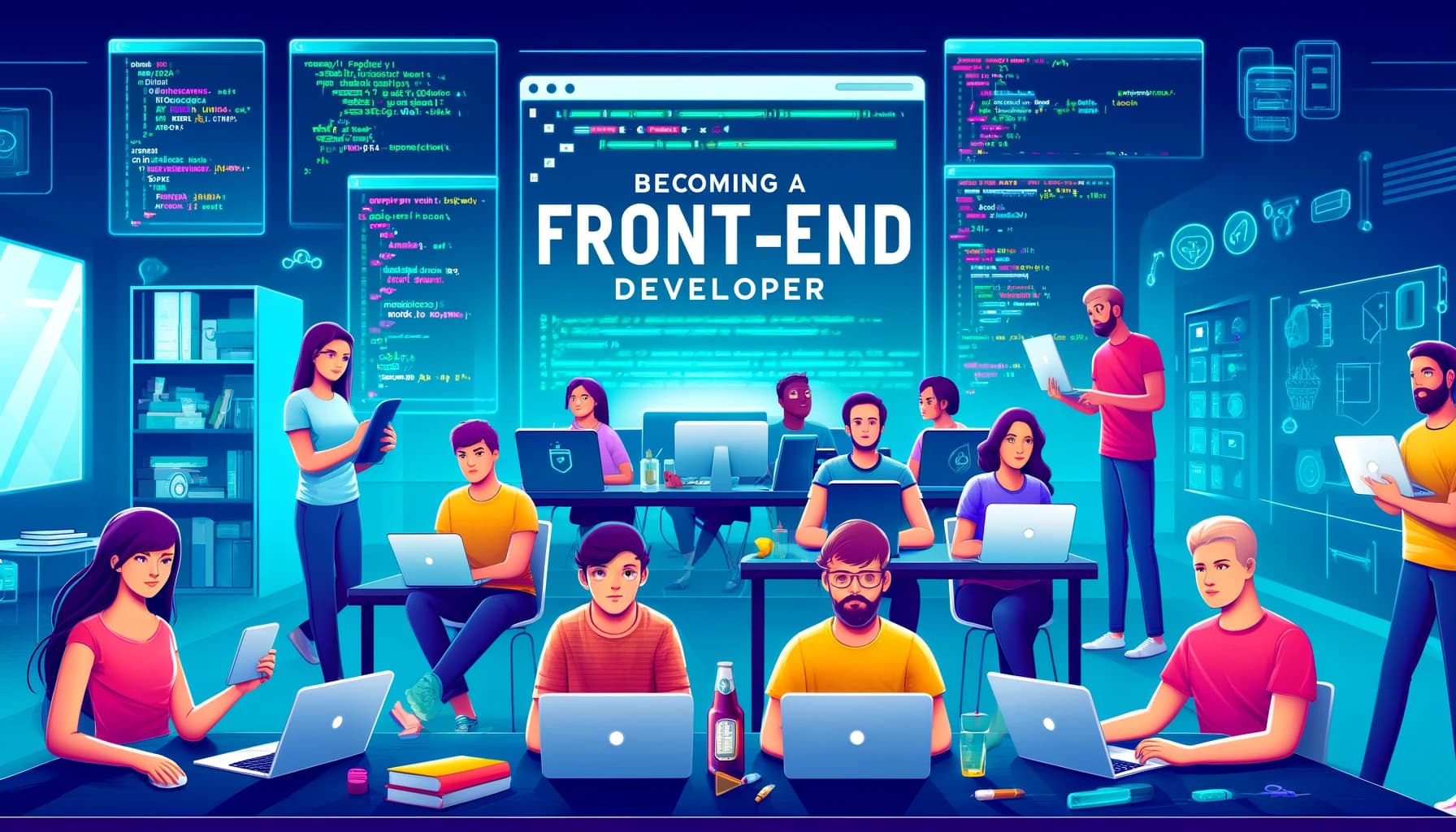In today’s digital age, the demand for skilled front-end developers is on the rise. This article explores the comprehensive journey of becoming a front-end developer, covering the fundamental skills required and the advanced technologies that enhance a developer’s toolkit. By understanding the basics of HTML and CSS, progressing through JavaScript, and eventually mastering frameworks like React, aspiring developers can position themselves for success in the tech industry.
Starting with HTML and CSS
HTML and CSS form the foundation of web development. HTML provides the structure of web pages, while CSS is used for styling. Beginners often start with understanding basic HTML tags and CSS properties. This initial learning phase is crucial as it sets the groundwork for more advanced topics. In addition to learning basic constructs, developers should familiarize themselves with best practices in writing clean and semantic HTML.
Diving into JavaScript
JavaScript is the programming language that brings web pages to life. Once comfortable with HTML and CSS, the next step is to learn JavaScript. This includes understanding variables, loops, functions, and event handling. JavaScript enables developers to create dynamic and interactive web experiences, which are essential for modern web applications. Extended learning involves practicing with JavaScript projects to solidify understanding and gain practical experience.
JavaScript is versatile and widely used in web development. It allows developers to create interactive elements such as sliders, forms, animations, and more. By manipulating the Document Object Model (DOM), JavaScript can dynamically update the content and structure of web pages without requiring a page reload. This capability is crucial for creating seamless user experiences.
As developers progress in their JavaScript journey, they encounter more advanced concepts such as asynchronous programming, APIs, and frameworks. Understanding these concepts is vital for building sophisticated web applications. Engaging in coding bootcamps, online courses, and community forums can provide additional support and resources for mastering JavaScript.
JavaScript is the programming language that brings web pages to life. Once comfortable with HTML and CSS, the next step is to learn JavaScript. This includes understanding variables, loops, functions, and event handling. JavaScript enables developers to create dynamic and interactive web experiences, which are essential for modern web applications. Extended learning involves practicing with JavaScript projects to solidify understanding and gain practical experience.
Advanced JavaScript and Frameworks
As developers gain proficiency in JavaScript, the next milestone is mastering advanced topics and frameworks. TypeScript, a superset of JavaScript, introduces static typing, making code more predictable and easier to debug. React, a popular JavaScript library, allows developers to build user interfaces using a component-based approach. Mastery of these tools significantly enhances a developer’s efficiency and capability in building complex applications.
Learning Resources and Support
The journey to becoming a front-end developer is supported by various learning resources and communities. Online courses, tutorials, and coding bootcamps offer structured learning paths. Mentorship and peer support play a crucial role in this journey. Aspiring developers should leverage resources like AI and Python Coding and Git and GitHub to enhance their learning experience and stay updated with industry trends.
Steps to Excel in Front-End Development
- Understand and practice HTML and CSS basics
- Learn JavaScript fundamentals and build small projects
- Explore advanced JavaScript concepts and libraries like React
- Engage in continuous learning and community participation
- Develop a strong portfolio showcasing your skills
Comparison of Learning Paths
| Path | Pros | Cons |
| Self-Study | Flexible, Cost-Effective | Lack of Structure, Requires Self-Motivation |
| Coding Bootcamps | Structured, Intensive, Supportive Environment | Expensive, Time-Consuming |
| Formal Education | Comprehensive, Recognized Qualification | Costly, Longer Duration |
FAQ
What are the essential skills for a front-end developer?
Essential skills include proficiency in HTML, CSS, and JavaScript, along with a good understanding of responsive design and accessibility standards.
How long does it take to become a front-end developer?
The time required varies based on the learning path chosen. On average, it can take six months to a year of dedicated learning and practice to become proficient.
What resources are available for learning front-end development?
Numerous resources are available, including online courses, tutorials, coding bootcamps, and community forums. Websites like Software Testing Magazine and Orbiting Web offer valuable insights and guides.
Is it necessary to learn frameworks like React?
While not strictly necessary, learning frameworks like React can significantly enhance your skill set and employability by enabling you to build more complex and efficient web applications.
